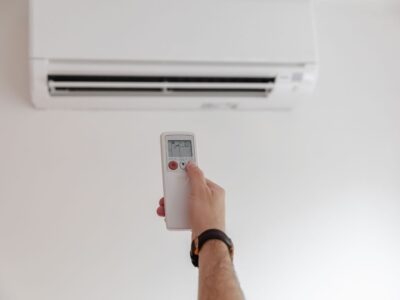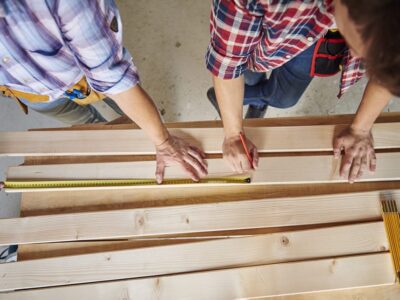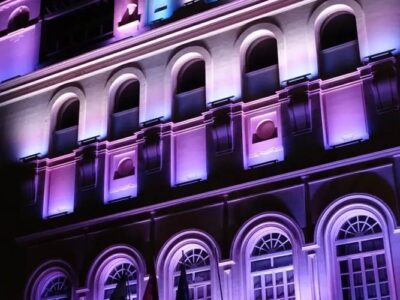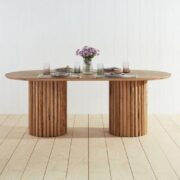Selecting the right timber for external cladding is crucial for the longevity, aesthetics, and performance of your building. With numerous options available, it’s essential to understand the characteristics of different timber species, their suitability for various climates, and how to source quality materials from reputable timber suppliers in Australia. This guide will help you make an informed decision when choosing timber for external cladding.
Understanding Timber Cladding
What is Timber Cladding?
Timber cladding involves covering the exterior of a building with timber panels or boards. It serves both aesthetic and functional purposes, providing a natural, attractive finish while protecting the structure from weather elements. Timber cladding enhances insulation, reduces noise, and can significantly improve a building’s energy efficiency.
Benefits of Timber Cladding
- Aesthetic Appeal: Timber offers a warm, natural look that complements various architectural styles.
- Sustainability: Timber is a renewable resource, and when sourced responsibly, it has a lower environmental impact compared to other materials.
- Durability: High-quality timber can withstand harsh weather conditions, pests, and decay.
- Insulation: Timber provides excellent thermal and acoustic insulation.
- Versatility: It can be customised with different finishes and treatments to achieve the desired look and performance.
Factors to Consider When Choosing Timber for External Cladding
1. Durability and Resistance
Durability is paramount for external timber cladding. The timber must resist decay, moisture, and pests. Hardwoods like ironbark, blackbutt, and spotted gum are known for their high durability and resistance to termites and rot. These species are ideal for external applications as they can withstand extreme weather conditions.
2. Climate Suitability
Consider the climate where the building is located. Timber species perform differently in various climates. For instance, timber that thrives in humid conditions may not be suitable for arid regions. Research how different timbers react to the local climate. Spotted gum and blackbutt are popular in Australia for their resilience in diverse weather conditions, including high humidity and temperature fluctuations.
3. Maintenance Requirements
All timber requires maintenance to some extent, but the level varies between species. Some timbers weather to a natural grey patina, which many find attractive, while others may need regular staining or oiling to maintain their appearance. Understanding the maintenance needs of each timber type will help you choose one that fits your maintenance capabilities and aesthetic preferences.
4. Environmental Impact
Choose timber from sustainable sources. Look for certifications from organisations like the Forest Stewardship Council (FSC) or the Programme for the Endorsement of Forest Certification (PEFC). These certifications ensure the timber is harvested responsibly, promoting ecological balance and reducing environmental impact.
5. Aesthetic Preferences
The visual appeal of the timber is a significant consideration. Different timbers offer a range of colours, grains, and textures. For example, ironbark has a rich, dark colour with a fine, interlocking grain, while blackbutt ranges from pale brown to golden yellow. Your choice will depend on the architectural style and desired look of the building.
Popular Timber Species for External Cladding
1. Spotted Gum
Spotted gum is a favourite among architects and builders for its durability and stunning appearance. It features a range of colours from pale grey to rich chocolate brown and has a distinctive wavy grain. Its natural resistance to termites and decay makes it ideal for external cladding. Additionally, spotted gum performs well in various climates, making it a versatile choice.
2. Blackbutt
Blackbutt is known for its strength and versatility. Its colours range from cream to pale brown, sometimes with a hint of pink. It is a highly durable timber that resists fire and termites, making it suitable for bushfire-prone areas. Blackbutt’s straight grain and uniform texture make it an attractive option for modern and traditional designs.
3. Ironbark
Ironbark is one of the hardest and most durable timbers available. It comes in a spectrum of colours from pale brown to dark red and has a tight, interlocking grain that adds to its strength. Ironbark’s natural resistance to decay, termites, and harsh weather conditions makes it an excellent choice for external cladding in challenging environments.
4. Jarrah
Jarrah is renowned for its rich red hues and exceptional durability. It is highly resistant to weathering, pests, and fire, making it suitable for various climates, including coastal areas. Jarrah’s distinctive colour and grain pattern provide a unique aesthetic that enhances the visual appeal of any building.
5. Cedar
Western red cedar is a popular choice for its natural beauty and excellent resistance to decay and insects. Its colours range from light amber to dark brown, and it has a fine, straight grain. Cedar is lightweight and easy to work with, making it a practical option for intricate cladding designs. It also has good thermal insulation properties.
Working with Timber Suppliers in Australia
1. Sourcing Quality Timber
Partner with reputable timber suppliers in Australia who offer high-quality, sustainably sourced timber. Look for suppliers with a proven track record and positive reviews. Reliable suppliers provide detailed information about the timber’s origin, species, and treatment processes.
2. Customisation and Finishing
Quality timber suppliers offer customisation options, including different profiles, sizes, and finishes. They can advise on the best treatments to enhance the timber’s durability and aesthetic appeal. Whether you need pre-oiled boards or a specific stain, a good supplier will cater to your requirements.
3. Support and Advice
Reputable suppliers provide expert advice on selecting the right timber for your project. They understand the characteristics of different species and can recommend the best options based on your location, design preferences, and maintenance capabilities. Don’t hesitate to ask for samples to see how different timbers look and feel.
Installation and Maintenance Tips
1. Proper Installation
Ensure that the timber is installed correctly to maximise its lifespan and performance. Proper installation includes adequate ventilation, the use of quality fasteners, and ensuring the cladding is protected from direct soil contact. Professional installers experienced with timber cladding can ensure a flawless finish.
2. Regular Maintenance
Maintain your timber cladding by cleaning it regularly to remove dirt and debris. Depending on the timber species and finish, you may need to reapply oil or stain every few years to protect the wood and maintain its appearance. Inspect the cladding periodically for signs of damage or wear and address any issues promptly.
3. Protecting the Timber
Consider applying a UV-protective finish to prevent the timber from fading due to sun exposure. Water-repellent treatments can also help protect the wood from moisture damage. Follow the manufacturer’s recommendations for the best products to use on your chosen timber.
Conclusion
Choosing the best timber for external cladding involves considering factors like durability, climate suitability, maintenance requirements, environmental impact, and aesthetic preferences. Popular species like spotted gum, blackbutt, ironbark, jarrah, and cedar offer a range of benefits and are well-suited for various applications. Working with reputable timber suppliers in Australia ensures you get high-quality, sustainably sourced timber that meets your project’s needs. With proper installation and maintenance, timber cladding can enhance the beauty, performance, and sustainability of any building.













Comments